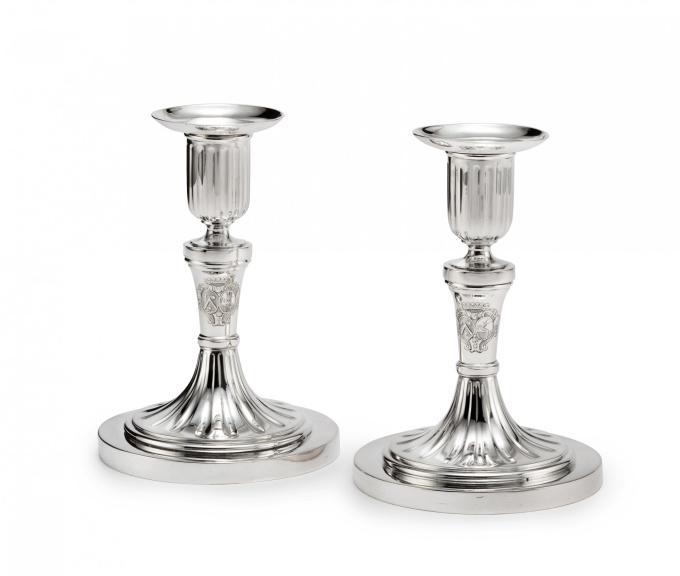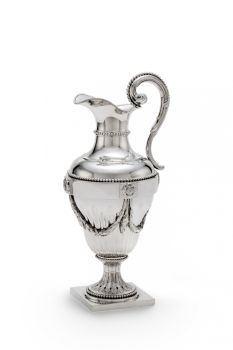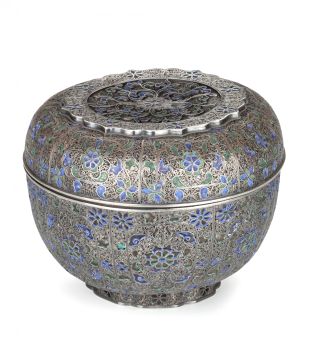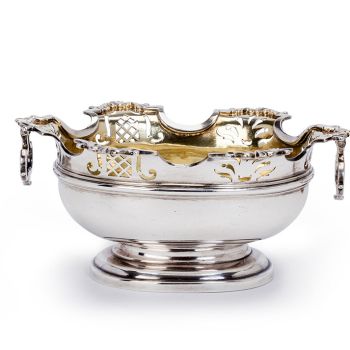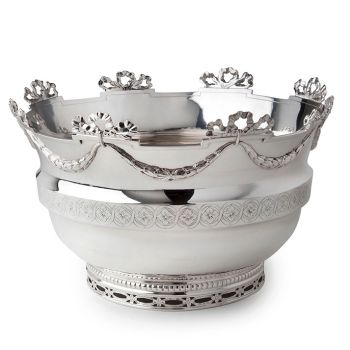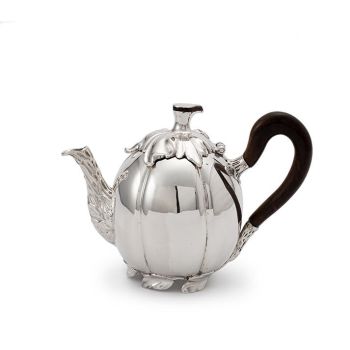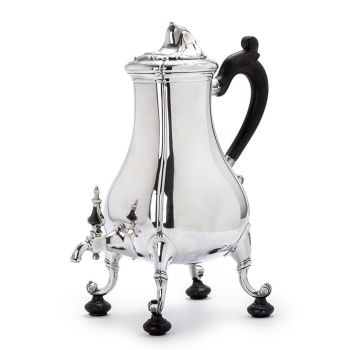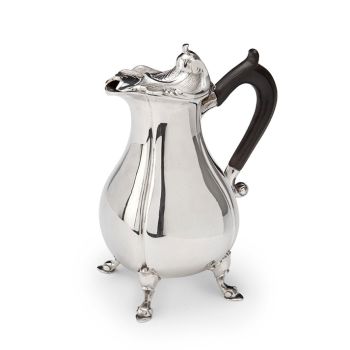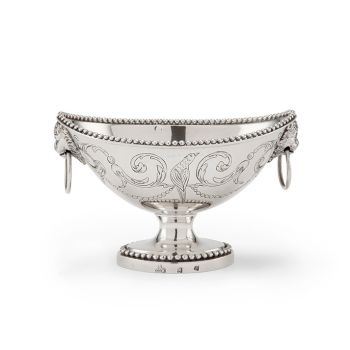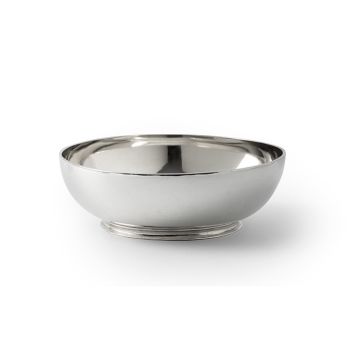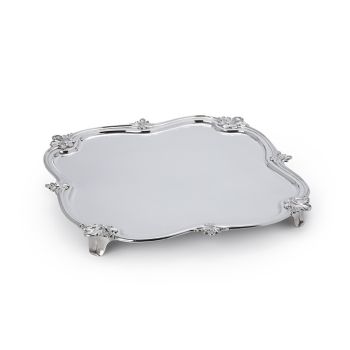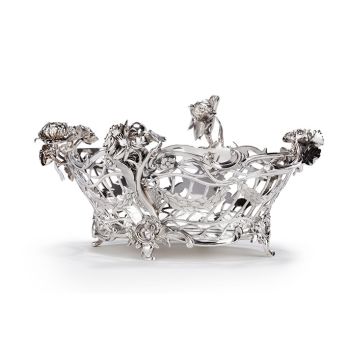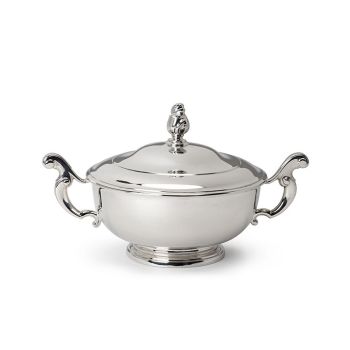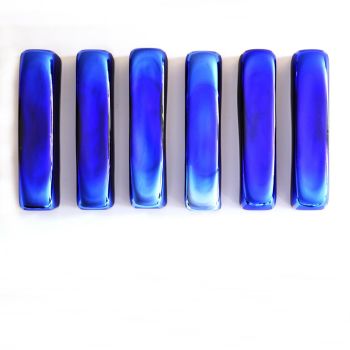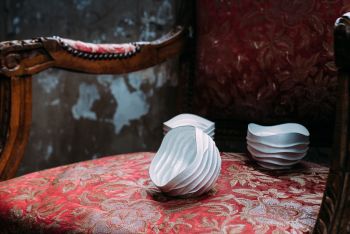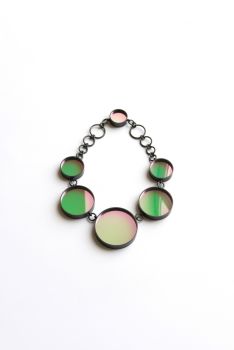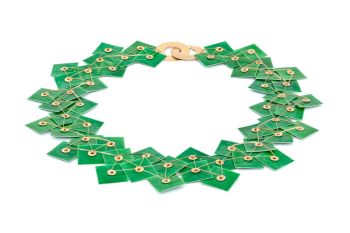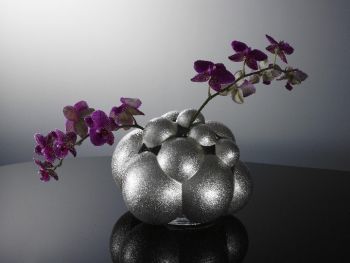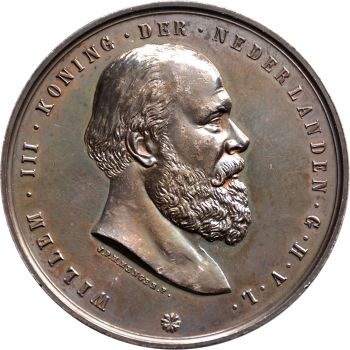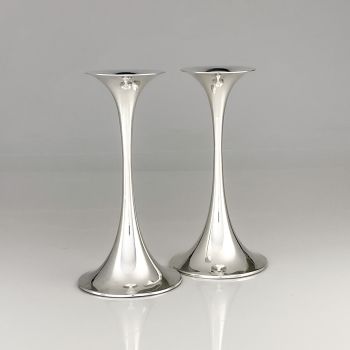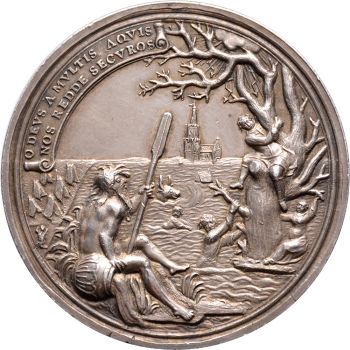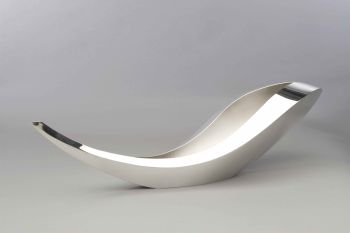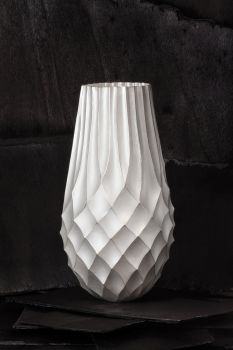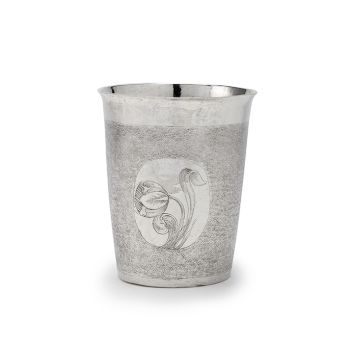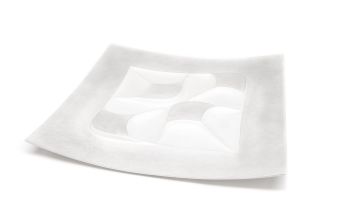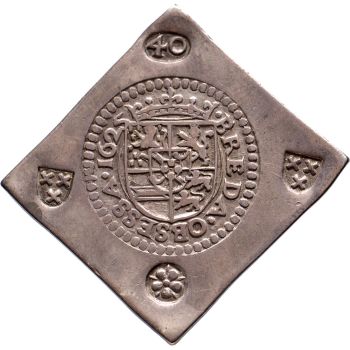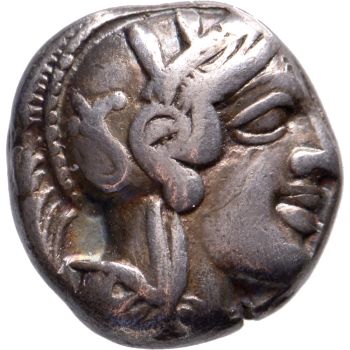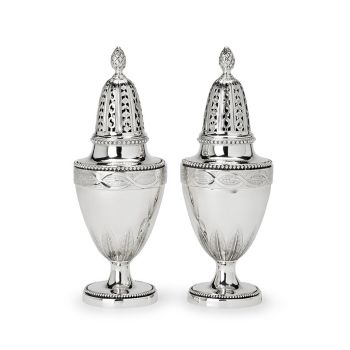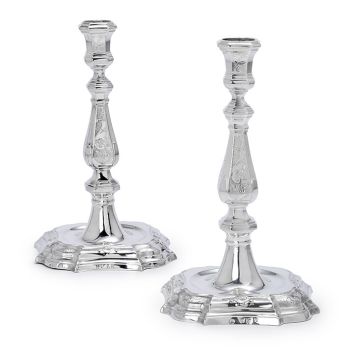Un paio di candelieri olandesi in argento 1784
Johannes Schiotling
Argento
15 cm, ø 10 cm
Prezzo su richiesta
Jacob J. Roosjen SRI
- A proposito di opere d'arteThe candlesticks consist of a round base, which is partially fluted and transitions into the stem, engraved with the coats-of-arms of HOPE and VAN DER HOEVEN. The sconce is fluted in similar outline and has a detachable nozzle, which is engraved with the same coats-of-arms. Fully marked at the reverse of the base, displaying assay stripes.
The coats-of-arms are those of John Hope (1737-1784) and his wife Philippina Barbara van der Hoeven (1738- 1790). This couple married in 1763.
Hope was a famous Amsterdam merchant and banker. He was governor of the East India Company and many times a member of the Board of Aldermen in Amsterdam.
These small candlesticks, possibly made as gaming table candlesticks, were manufactured in 1784, the year John Hope died.
They are included in the catalogue associated with the exhibition at the Rijksmuseum, dedicated to the work of silversmith Johannes Schiotling (Cat. 37).
John Hope (1737-1784) was a fabulously wealthy Amsterdam banker of English origin. In 1763 he married Barbara Philippina van der Hoeven (1738-1789), daughter of a Rotterdam regent. They had three sons. Besides a house at Keizersgracht and Herengracht in Amsterdam and a house in The Hague, John Hope had various estates, namely Groenendaal, which he merged with Bosbeek in Heemstede and Castle Nederhorst, which allowed him to be called Lord of Nederhorst and ’s Gravenambacht since 1774. John's ambitions were not only in trading. In 1765 he became alderman of Amsterdam, in the Amsterdam Council in 1768 and in 1770 he became governor of the VOC. Besides houses John also collected art. In 1771, together with his uncle Adrian, he bought paintings from the estate of their Rotterdam friend Bisschop.
The Bisschop Cabinet was a renowned collection, containing paintings of almost all Northern and Southern Dutch 17th century masters. This collection John Hope filled with paintings by Rembrandt, Ter Borch and Metsu from the collection Braamcamp. He had an extensive collection of sculptures in marble, stone, ivory and plaster, Japanese lacquer ware, porcelain and antique mosaic table tops from the excavation at Tivoli.
Provenance:
-John Hope and his wife Philippina Barbara van der Hoeven, 1784-1789
-Lord Francis Pelham Clinton Hope, Deepdence, Dorking
-Collection Joseph M. Morpurgo, Amsterdam, ca 1960-2016.
Literature:
-Exhibition catalogue, Johannes Schiotling, een Amsterdamse zilversmid (1730-1799), Rijksmuseum Amsterdam, 1976, cat. nr. 37.
J. Verbeek, Antiek, Johannes Schiotling, zilversmid (1730-1799) en John Hope, bankier (1737-1784), 11e jrg nr. 6, 1977, pp 523-524, afb. 12.
-J.W. Niemeijer, ‘De kunstverzameling van John Hope’, Verzamelen in Nederland, Nederlands Kunsthistorisch Jaarboek nr. 32 (1981), pp. 127-232. - A proposito di opere artistaJohannes Schooling (1730,1799) nacque a Göteborg, in Svezia, nel 1730. Era un noto argentiere. Nel 1747 iniziò un apprendistato di sei anni presso Olof Fernlöf, uno dei migliori argentieri di Göteborg. Nel 1753 superò gli esami di operaio. Non si sa nulla dei prossimi nove anni; probabilmente viaggiò in giro fino a finire ad Amsterdam nel 1762. Schiotling si iscrisse come maestro alla corporazione degli argentieri di Amsterdam e si sposò. Ad Amsterdam gravitava intorno a lui un gruppo di argentieri. La sua azienda ha prodotto numerosi pezzi e Schiotling si è concentrato sempre più sulla vendita al dettaglio piuttosto che sulla realizzazione di oggetti in argento. Sebbene il suo laboratorio producesse molti candelabri, vendeva molti oggetti diversi. Johannes Schiotling morì nel 1799.
Sei interessato ad acquistare questa opera d'arte?
Artwork details
Categoria
Stile
Materiale e Tecnica
Colore
Related artworks
Reynier de Haan
Un'elegante coppa Monteith in argento olandese Luigi XVI1778
Prezzo su richiestaJacob J. Roosjen SRI
Johannes La (le) Blanck
Un set di ampolle d'argento olandese a doppio uso1786
Prezzo su richiestaJacob J. Roosjen SRI
1 - 4 / 6Artista Sconosciuto
Un cestino di dolci d'argento olandese1738
Prezzo su richiestaJacob J. Roosjen SRI
Elisabeth Treskow
Lapislazzuli afgano intarsiato con oro su un supporto d'argento1950 - 1960
Prezzo su richiestaJacob J. Roosjen SRI
Salomon Lamberts
Teiera d'argento a forma di zucca olandese1766
Prezzo su richiestaJacob J. Roosjen SRI
Reynier de Haan
Un'elegante coppa Monteith in argento olandese Luigi XVI1778
Prezzo su richiestaJacob J. Roosjen SRI
Frederik Rudolf Precht
Trancio di pesce d'argento olandese1756
Prezzo su richiestaJacob J. Roosjen SRI
Jan Cornelis van Hemert
Cestino di dolci in argento olandese1799
Prezzo su richiestaJacob J. Roosjen SRI
1 - 4 / 24Artista Sconosciuto
Bicchiere d'argento olandese del XVII secolo1653 - 1677
Prezzo su richiestaJacob J. Roosjen SRI
1 - 4 / 24Frederik Rudolf Precht
Trancio di pesce d'argento olandese1756
Prezzo su richiestaJacob J. Roosjen SRI
Martinus van Stapele
Coppia di rotelle in argento olandesi1790
Prezzo su richiestaJacob J. Roosjen SRI
Arnoldus Koolhaas
Coppia di candelieri in argento olandesi1754
Prezzo su richiestaJacob J. Roosjen SRI
Jan Cornelis van Hemert
Cestino di dolci in argento olandese1799
Prezzo su richiestaJacob J. Roosjen SRI
Johannes La (le) Blanck
Un set di ampolle d'argento olandese a doppio uso1786
Prezzo su richiestaJacob J. Roosjen SRI
1 - 4 / 12

